Gaza Strip / Tel Aviv, October 10, 2025 — In a dramatic shift after more than two years of intense conflict, Israeli forces have begun withdrawing from key areas in the Gaza Strip as a ceasefire between Israel and Hamas takes effect. The truce, which formally activated earlier today, is part of a negotiated agreement aimed at ending hostilities, delivering humanitarian aid, releasing hostages, and setting the stage for postwar governance. The withdrawals, while partial and carefully staged, offer a glimmer of hope to war-torn communities—but the risks and unknowns remain substantial.
The Withdrawal Begins
At midday local time, the ceasefire went into force. Almost immediately, Israeli troops began repositioning to agreed buffer lines, pulling back from regions including parts of Gaza City, Khan Younis, and Nuseirat. Some combat outposts were dismantled; others were handed over to internal Palestinian security forces under the ceasefire’s terms.
The Israeli military clarified that the pullback is being conducted in phases. While front-line forces are retracting from dense urban sectors, Israel will maintain control of strategic edges and buffer zones pending verification of compliance, especially on the issue of Hamas disarmament.
Gazans displaced by months of warfare began returning toward the north, carrying what little they could salvage. Families cautiously made their way through rubble-strewn streets, many hoping the structures they left behind were still intact—or at least recognizable.
One returning resident in the Sheikh Radwan neighborhood of Gaza City, Ismail Zayda (age 40), told local observers: “Thank God my house is still standing . . . but nearly all around me, homes lie ruined.”
The Ceasefire’s Mechanics and Guarantees
The withdrawal is a core component of a ceasefire deal that hinges on a sequence of interconnected steps:
- Hostage exchange window: Hamas is expected to deliver a set number of living Israeli hostages within the next 72 hours.
- Prisoner releases: In return, Israel will free hundreds of Palestinian detainees, including some convicted of serious offenses.
- Aid access: Humanitarian corridors are being opened, with plans to allow hundreds of aid trucks daily into Gaza to address dire needs of food, medicine, and shelter.
- Disarmament clause: A key sticking point remains whether Hamas will agree to dismantle its military capabilities—including tunnels, rocket arsenals, and command structures.
- Interim security control: Palestinian internal forces will be deployed in vacated zones under international oversight to maintain law and order.
- Residual security presence: Israel will retain control over certain buffer strips and border crossings until guarantees against rearmament are in place.
The precise demarcations of withdrawal lines are still being fine-tuned in coordination talks, and both sides have stressed the need for monitoring by neutral international observers.
Reactions, Risks, and Unanswered Questions
In both Gaza and Israel, the mood is simultaneously hopeful and tense. Palestinians greeted the withdrawal with cautious celebration—but the scars of war run deep, and trust is fragile after multiple ceasefires have broken down in the past.
Israeli leaders, including Prime Minister Benjamin Netanyahu, have welcomed the pause but reiterated that it is contingent on Hamas fulfilling all obligations, especially disarmament. “This is not surrender, but a step toward a lasting resolution,” Netanyahu declared, while warning that Israel would resume operations if the ceasefire is violated.
Yet even as the withdrawal is underway, analysts caution about potential flashpoints:
- Violations: Any resumption of rocket fire or clandestine attacks could unravel the agreement.
- Enforcement: Without robust monitoring, both sides may accuse each other of breaches.
- Balance of forces: Israel’s remaining control of critical zones could be perceived as an occupation rather than a withdrawal.
- Gaza governance: Who will administer Gaza in the interim—and whether Hamas or other actors will retain influence—is a deeply contentious question.
- Sustainability: The durability of the ceasefire depends not just on military steps, but on reconstruction, justice, and political arrangement.
A Moment of Transition
For many in Gaza, the troop pullback is the first real sign of hope after months of bombs, displacement, and despair. The return to neighborhoods, even amid destruction, is profoundly symbolic: a signal that life, in some form, may resume.
In Israel, citizens and families of hostages are living with guarded optimism. The success of the withdrawal—and the broader ceasefire—could prove critical for national morale, diplomacy, and security strategy.
Whether this moment becomes a true turning point or merely a lull before renewed conflict will depend on the willingness of both parties—and the international community—to hold firm to their commitments. The coming hours and days will test whether peace can be built on the shattered foundations of War.

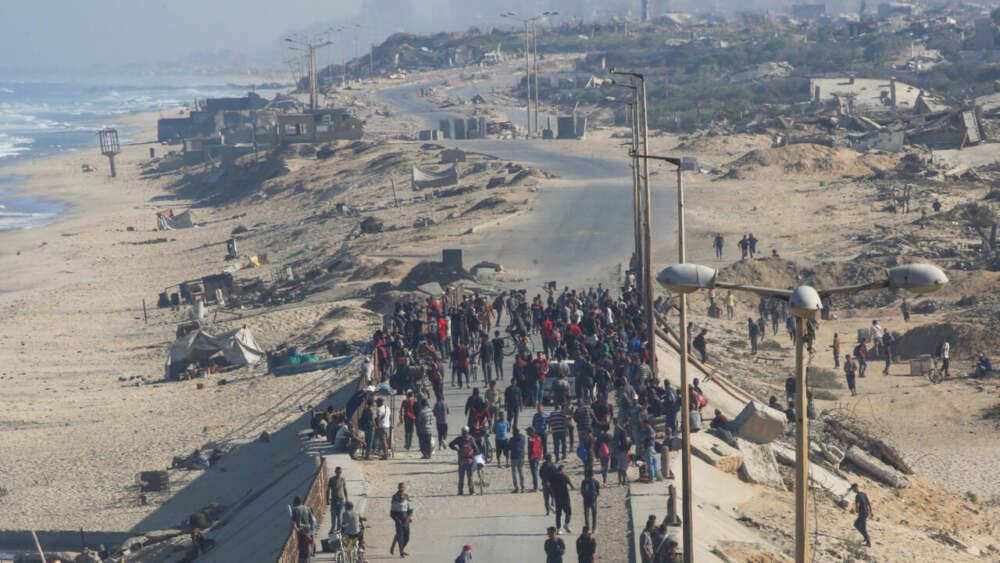
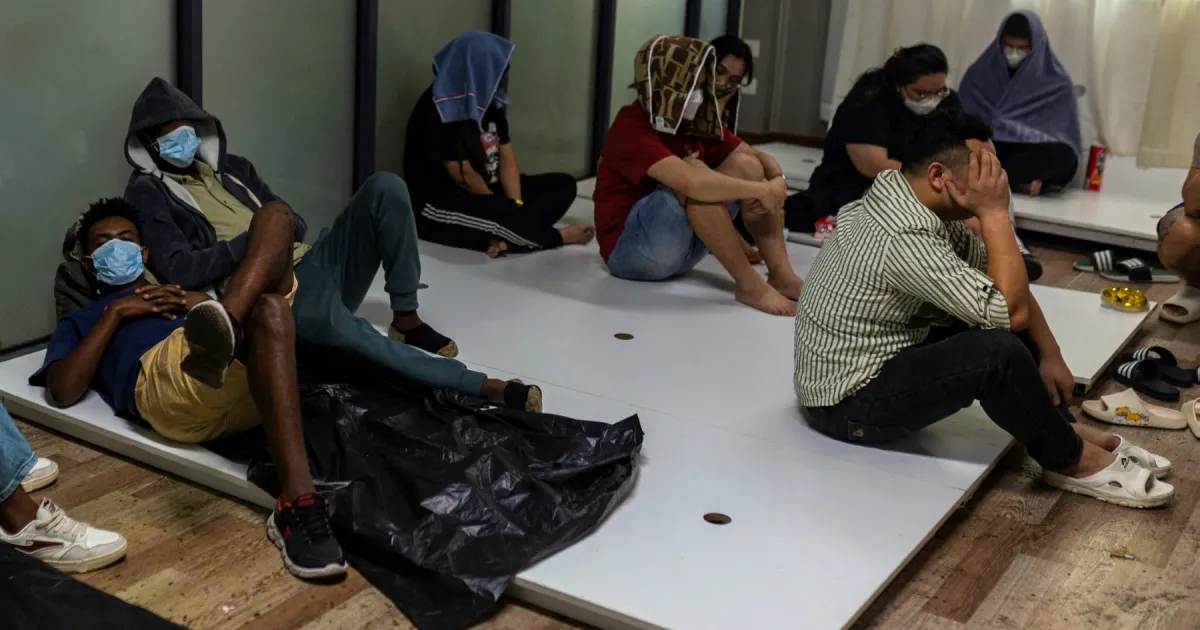
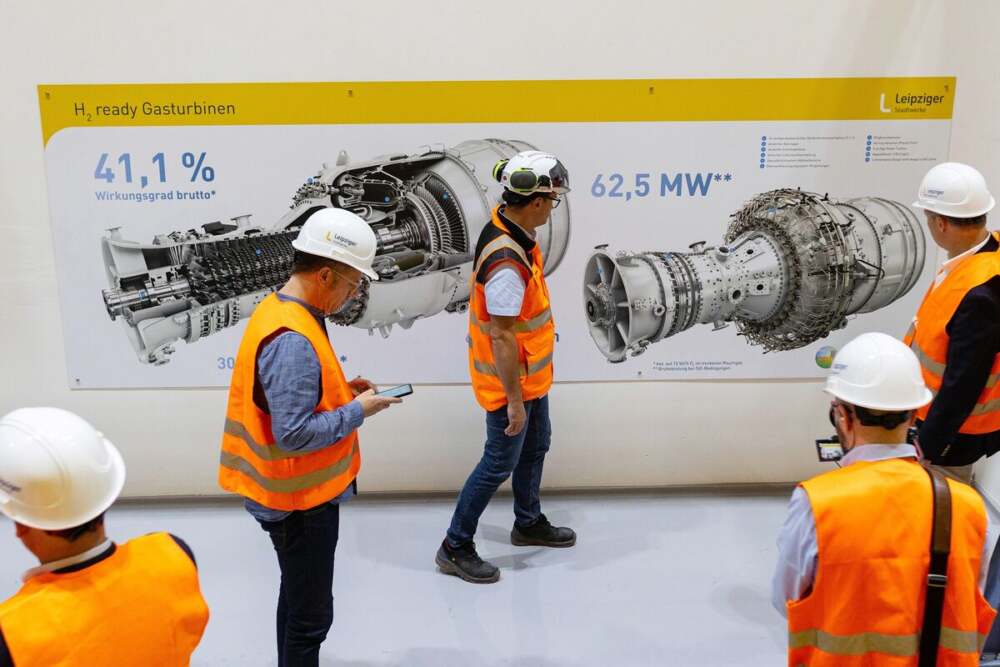
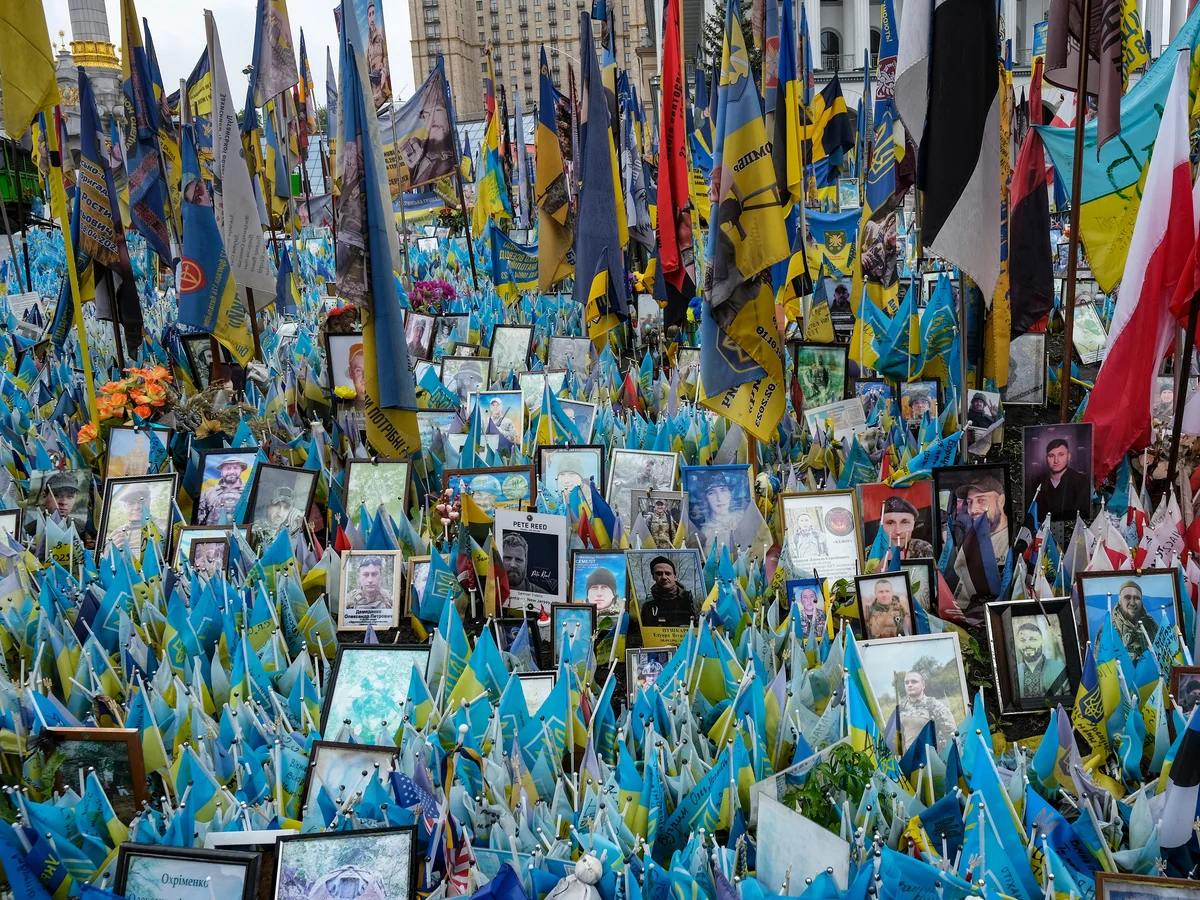
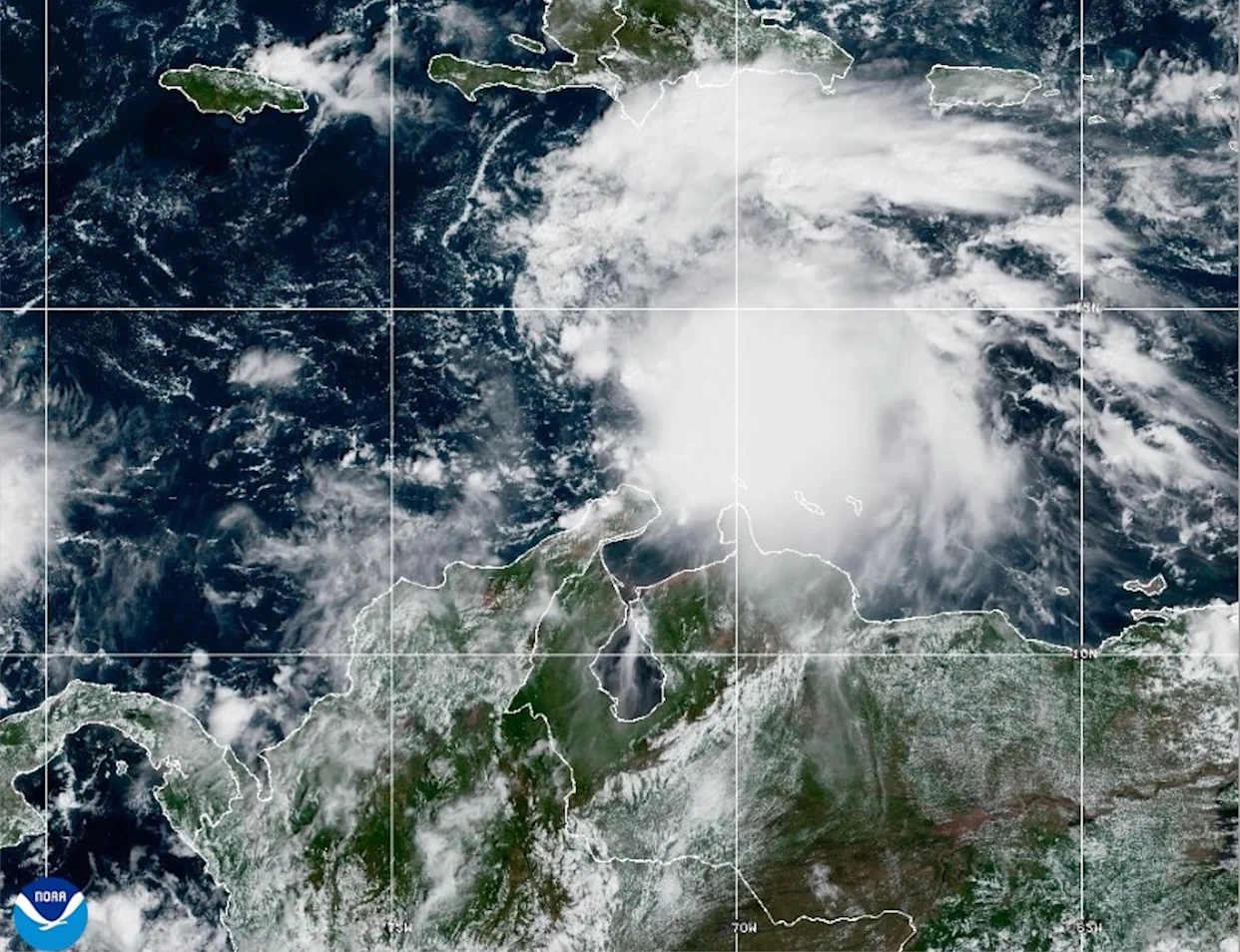

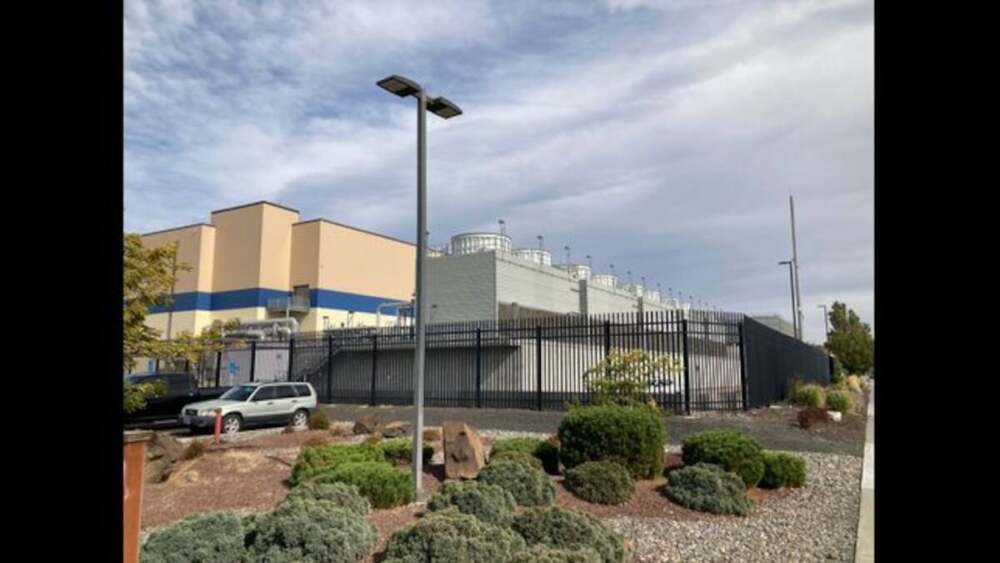
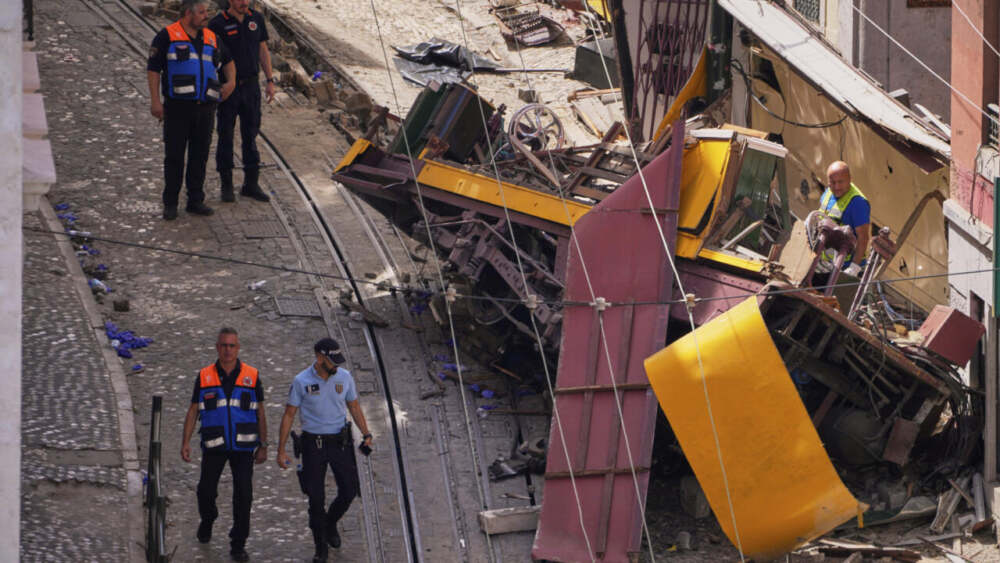
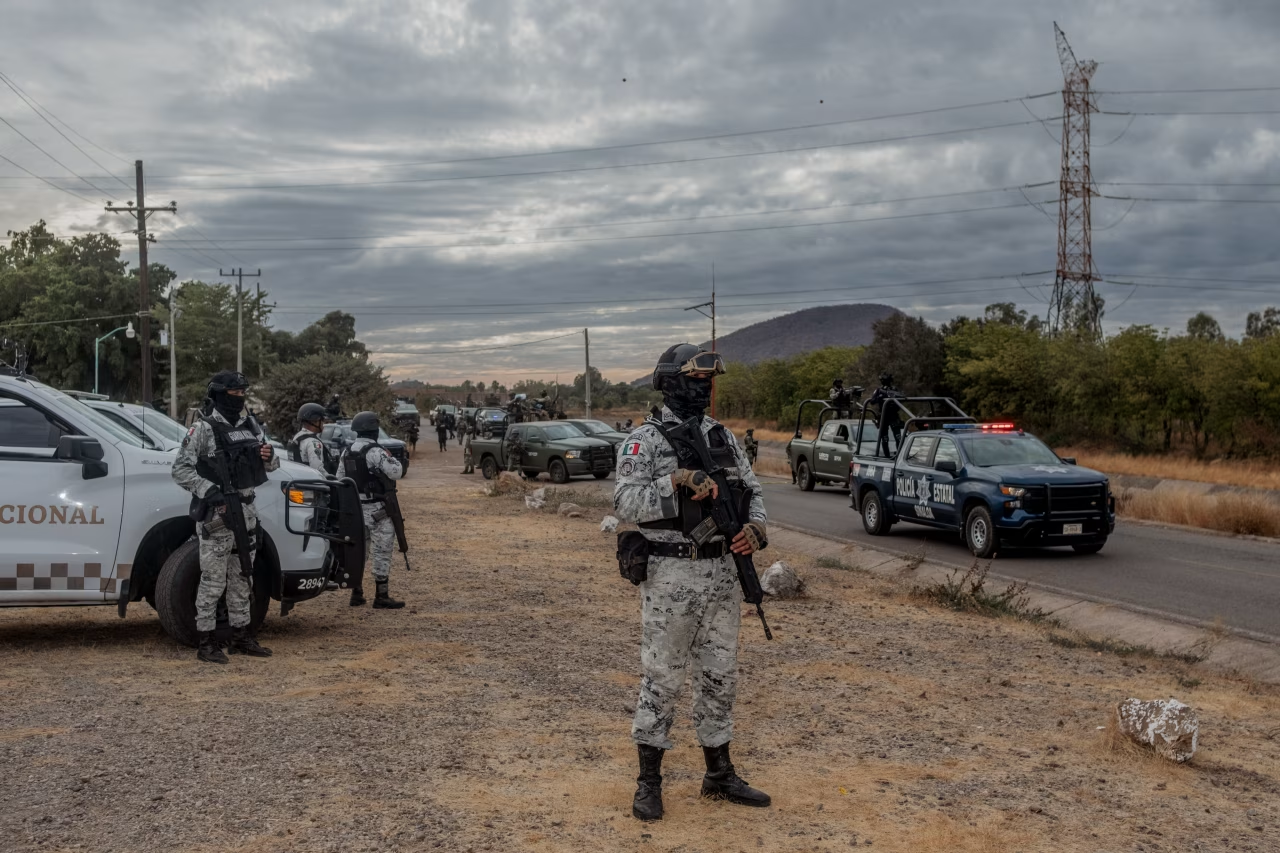

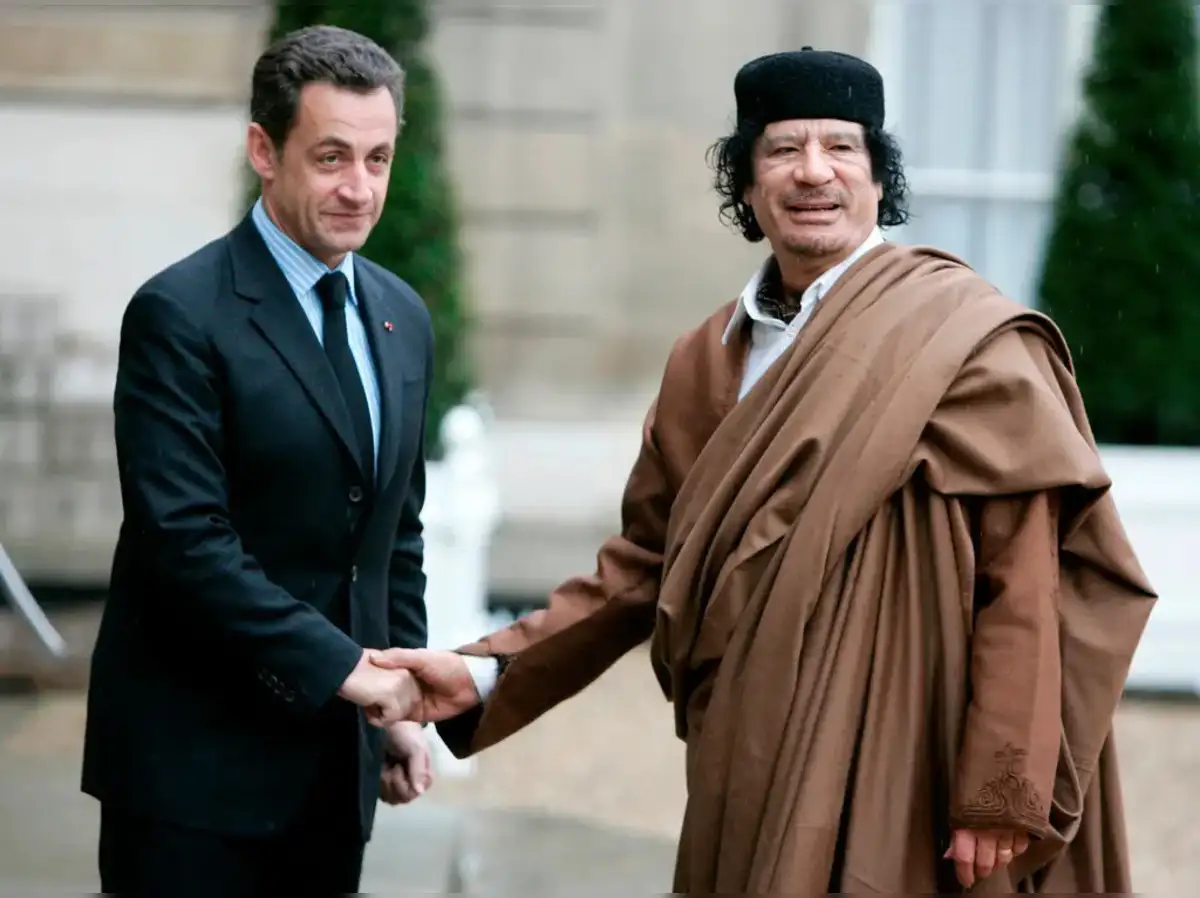




Leave a Reply